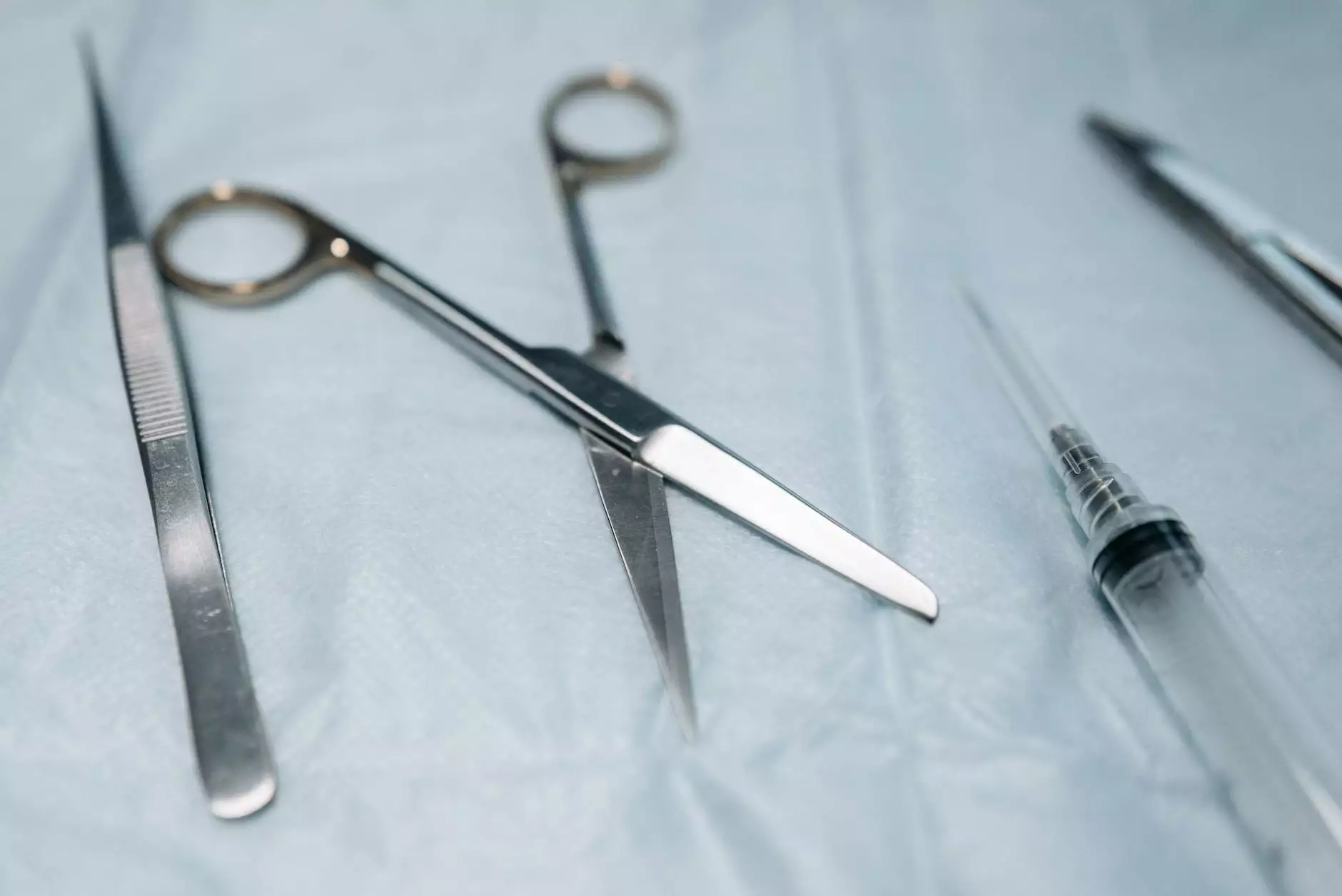Understanding Thoracic Lung Surgery: A Comprehensive Guide

Thoracic lung surgery plays a pivotal role in treating various conditions affecting the lung and thoracic cavity. From diagnosing lung diseases to performing complex surgical procedures, thoracic surgery is essential for improving respiratory health.
The Importance of Thoracic Lung Surgery
The thoracic cavity is home to the heart and lungs, organs that are critical to the human body’s functioning. Thoracic lung surgery is vital in treating diseases like lung cancer, emphysema, and pulmonary infections. Here are some reasons why this field is crucial:
- Diagnosis and Treatment: Thoracic surgery allows for the direct examination of lung tissues and surrounding structures, facilitating accurate diagnoses.
- Life-Saving Procedures: Many conditions can be life-threatening. Surgery can often be the only option to remove tumors or repair significant damage.
- Enhanced Quality of Life: Patients often experience significant improvement in their quality of life post-surgery through enhanced respiratory function.
Types of Thoracic Lung Surgery
Thoracic lung surgery encompasses various procedures, each tailored to specific conditions. Some of the most common types include:
1. Lobectomy
A lobectomy involves the surgical removal of a lobe from the lung. This procedure is often performed when cancerous tumors are present in one lobe, allowing the remaining lung to function properly.
2. Pneumonectomy
A pneumonectomy is the complete removal of a lung. This surgery is typically reserved for advanced lung cancer cases where the affected lung poses significant risks if left untreated.
3. Wedge Resection
This surgery entails removing a small, wedge-shaped section of the lung. It is often used for small tumors or areas of infection and allows for the preservation of lung function.
4. Thoracotomy
This is a surgical incision into the chest wall to access the lungs and thoracic cavity. Often, doctors perform a thoracotomy to conduct other procedures or obtain tissue samples.
5. Video-Assisted Thoracic Surgery (VATS)
VATS is a minimally invasive surgery that uses small incisions and a camera to guide the surgical instruments. This technique results in less pain and quicker recovery times for patients.
Indications for Thoracic Lung Surgery
Understanding when thoracic lung surgery is necessary can be pivotal. Common indications include:
- Lung Cancer: Provides an opportunity to remove tumors and improve survival rates.
- Severe Respiratory Infections: Life-threatening infections (like abscesses) may require surgical intervention.
- Chronic Obstructive Pulmonary Disease (COPD): In specific advanced cases, surgeries can help improve breathing.
- Pulmonary Embolism: Severe cases may necessitate surgical intervention to remove clots.
Pre-Operative Considerations
Prior to undergoing thoracic lung surgery, several evaluations and decisions must take place:
1. Comprehensive Evaluation
This includes:
- Physical examinations by the surgeon
- Imaging tests like X-rays, CT scans, or MRIs
- Functional assessments to gauge lung capacity and overall health
2. Consultation with Specialists
Collaboration between oncologists, pulmonologists, and surgeons ensures a well-rounded treatment approach and helps mitigate risks.
3. Educating the Patient
Patients should be thoroughly educated about their conditions, what the surgeries entail, potential risks, and expected recovery times.
The Surgical Procedure: What to Expect
During thoracic lung surgery, patients can expect:
1. Anesthesia
General anesthesia is usually administered, ensuring that patients remain unconscious and pain-free during the procedure.
2. Surgical Access
Depending on the procedure, surgeons may use traditional open surgery or minimally invasive techniques like VATS.
3. Duration of Surgery
The length of the surgery can vary from one to several hours based on the complexity of the procedure.
4. Post-Operative Recovery
Recovery begins in the hospital, with patients monitored closely for complications. Average hospital stays can vary from a few days to a week.
Post-Operative Care and Recovery
Post-operative care is crucial for a smooth recovery. Consider the following:
1. Pain Management
Effective pain management using medications will be necessary to ensure comfort as the body heals.
2. Respiratory Therapy
Patients often require respiratory therapy to aid lung recovery, including deep breathing exercises and techniques to clear respiratory secretions.
3. Follow-Up Visits
Regular follow-up appointments with the surgeon are essential to monitor healing progress and manage any complications.
Risks and Complications of Thoracic Lung Surgery
Like all surgical procedures, thoracic lung surgery carries potential risks. It is important for patients to be aware of:
- Infection at the surgical site
- Bleeding complications
- Pneumothorax (collapsed lung)
- Adverse reactions to anesthesia
- Long-term complications affecting lung function
The Role of Advanced Technology in Thoracic Surgery
Technological advancements have transformed thoracic lung surgery, offering:
1. Robotic Surgery
Robotic-assisted procedures offer precision, reduced blood loss, and faster recovery times.
2. Innovations in Imaging
Advanced imaging techniques provide surgeons with detailed views of the thoracic cavity, aiding in effective decision-making.
3. Enhanced Surgical Instruments
The development of specialized surgical instruments has made thoracic procedures safer and more efficient.
Final Thoughts: Choosing the Right Thoracic Surgeon
Choosing the right surgeon for thoracic lung surgery is critical. At neumarksurgery.com, you can find expert physicians dedicated to your health and recovery. Consider the following when selecting your surgeon:
- Board certification and specialties
- Experience with specific procedures
- Patient reviews and success rates
- Communication and support offered during the surgical journey
Conclusion
Thoracic lung surgery is a complex but essential aspect of modern medicine. It provides hope and healing for patients with various lung conditions. By choosing an experienced and knowledgeable surgeon and adhering to medical advice, patients can navigate their journey towards improved lung health successfully.









